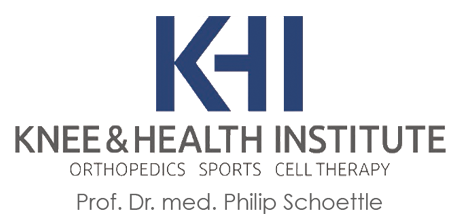PRP TENNIS ELBOW / GOLFERS ELBOW

TENNIS ELBOW / GOLFERS ELBOW
Despite the names, tennis- and golfers elbow are usually a result of everyday activities. However, we see a considerable number of people who have elbow pain due to sporting activities.
You may have pain in your forearm and on the back of your hand. Symptoms can range from mild discomfort to severe pain even when the joint is not active.
There is increasing evidence of PRP injections and their effectiveness in treating these conditions.
Tennis elbow (lateral epicondylitis) occurs when the tendon connecting your forearm muscles to the outside of your elbow thickens and swells or develops small tears. It causes pain and tenderness.
It typically affects the dominant upper limb and is associated with repeated and powerful activity. Pain is often weakest when the wrist is stretched.
Golfer’s elbow (medial epicondylitis) causes pain and inflammation in the tendons connecting the forearm to the elbow. The pain revolves around a bony bump on the inside of your elbow and can radiate into the forearm.
The golfer’s elbow is often caused by overstraining the muscles in the forearm, which allow you to grasp, turn your arm and bend your wrist.
Treatment of tennis and golf elbows
Rest, medication and support
Treatment
Since tennis and golf elbows represent injuries to the tendons of the elbow, this injury must be healed naturally during treatment. In most cases, the purpose of treatment is to control pain while improving grip and endurance so patients can return to their normal activities. For this purpose, a temporary change in activity and anti-inflammatory analgesics (NSAIDs) may be sufficient to achieve some relief during the healing process. Some patients may also find it useful to use external support such as tennis elbow closures or tape to relieve symptoms.
Physiotherapy
Our doctors strongly recommend that most patients perform some form of physiotherapy. This can be controlled by yourself (i.e. you do it yourself) or if the symptoms persist for a few weeks, it is best to seek formal physiotherapy. There are some typical exercises that promote healing and improvement of symptoms in tennis and golf players.
Pain-relieving injections
Injections can help with symptoms of tennis / golf elbow. Injections of local anaesthetics (or local anaesthetic patches) may temporarily help to alleviate the symptoms.
Steroid injections are not recommended as they have been used too often in the past. There is overwhelming evidence that they cause significantly more harm than good. In the short term, steroids can relieve inflammation and pain, but cannot support the healing process and further degenerate the tendon, leading to long-term complications and prolongation of symptoms.
Minimally invasive regenerative treatments
The use of biologics, including platelet-rich plasma (PRP) or plasma-rich growth factors (PRGF), is a very effective method of treating tennis elbow when physiotherapy and rehabilitation have failed.
PRP / PRGF concentrates growth factors from your blood and injecting them into the areas affected by tennis or golf supports the healing process. There is overwhelming evidence supported by randomized control studies that show that PRP / PRFG is a more effective method of treating tennis and golf elbows than steroid injections.
PRP therapy
Platelet-rich plasma (PRP) therapy, also known as conditioned endogenous plasma, uses the natural healing powers of blood to repair damaged cartilage, tendons, ligaments, muscles and bones. It can relieve pain, improve joint function and help you quickly return to normal activities. PRP supports your body’s self-healing processes by using your own cells. Blood is mostly liquid (called plasma), but also contains solid components such as red blood cells, white blood cells, and platelets. Platelets are important for blood clotting, but they also contain proteins called growth factors, which are important for healing injuries. With a higher concentration of growth factors than normal in the blood, PRP injections help restore damaged tissue and inhibit painful inflammatory processes. This treatment is widely researched and supported in clinical trials.
Prof. Dr. med. Philip Schoettle
KNEE AND HEALTH INSTITUTE
Office hours Monday to Friday by appointment
© Copyright - Schoettle
Privacy | Legal Notice
